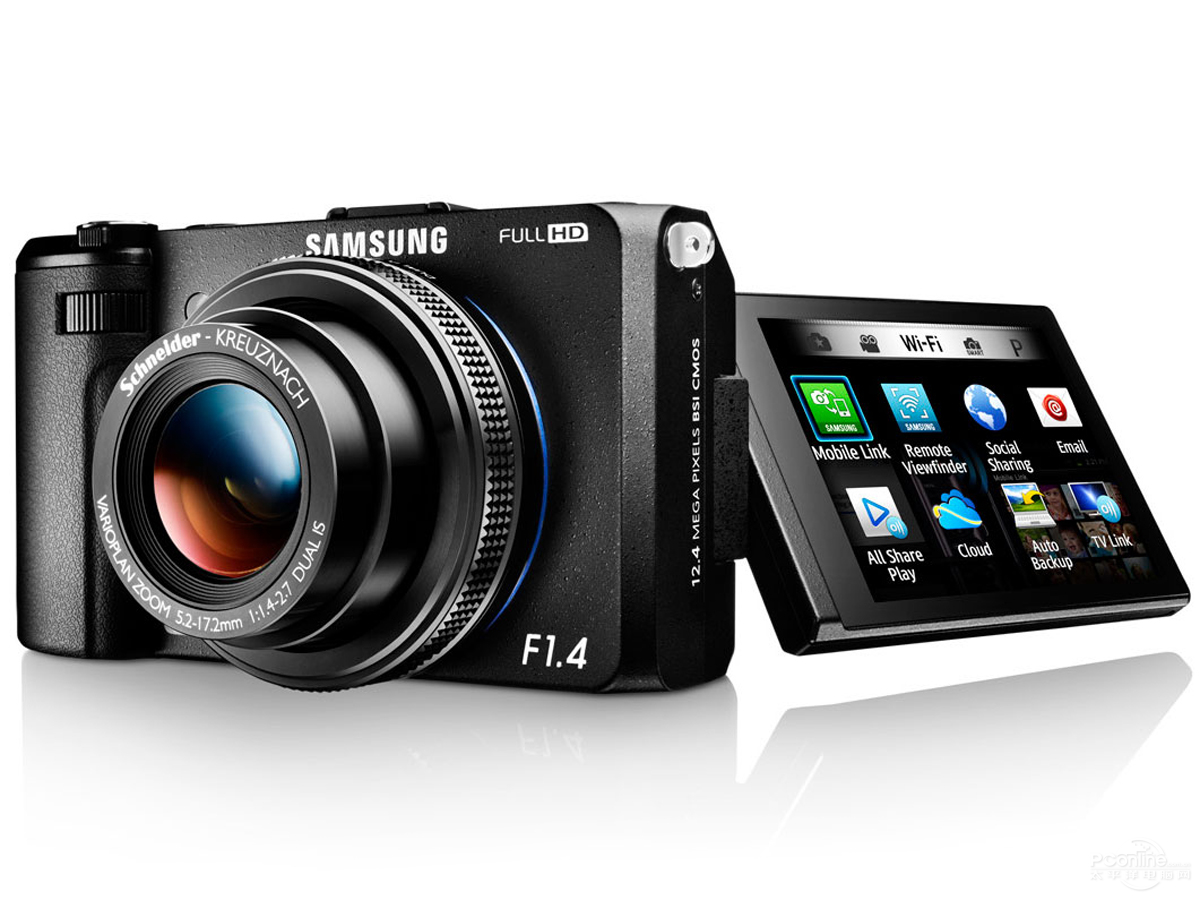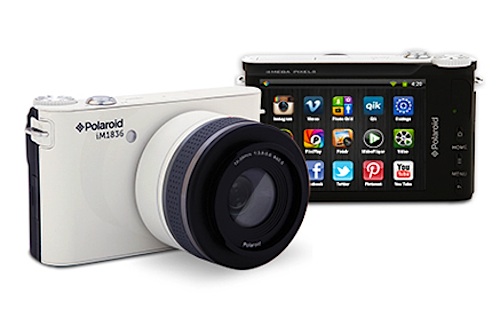Camera technology has come a long way in the last thirty years, with a steady progression being made from analogue, film cameras of yesteryear to faster, lighter and more sophisticated digital cameras. The first attempt at building an entirely digital camera took place in 1975, at Eastman Kodak (subsequently Kodak). Less than twenty years later in February 1994 the world’s first digital camera for the consumer market went on sale. The Apple QuickTake 100 ushered in a new era of photography by using a digital processor to capture images.
Today there are a near infinite number of digital cameras on the market, aimed at every market segment from point-and-shoot cameras wielded by self-portrait-snapping-teens to complex Digital SLR systems made use of by professional and studio photographers to capture breathtakingly clear and life-like images.
Recently there has been yet another development in the world of digital cameras, the arrival of next generation smart cameras. Smart cameras posses all the same features as the rest of their not-so-smart companions, with a few new key features.
Chief among these new features is built-in WiFi capabilities which allow you to connect the camera to any wireless network which is in range, or to connect the camera directly to your smartphone. This new level of connectivity allows you to upload your photographs instantly to your favorite Social Network or to an image hosting service or web album.

Smart cameras also often feature built-in micro processors which enable photo editing to take place on the camera, without the need to first copy your snaps over to your computer. The improved processing power of smart cameras has resulted in the instant camera producer Polaroid releasing the world’s first Android powered camera.
Samsung has been at the forefront of marketing smart cameras, releasing a range of 13 smart cameras last year in a variety of configurations, some with WiFi and Bluetooth for improved connectivity and others featuring twin displays and 1080p HD video recording. The latest feature to be added to the smart camera’s list of abilities is an app named Remote Viewfinder, which let you peer through your cameras lens on your smartphone from anywhere in the world, provided both devices are connected to the internet. Samsung also released the Galaxy Camera late last year which features built in 3G capabilities.
The Polaroid iM1836 Android Camera, which is expected to be released within the next 3-6 months, also features built-in Bluetooth for improved connectivity. The camera runs Android, Google’s mobile OS, which allows access to a huge number of applications via the Play Store.

Going forward, smart cameras will change the way we share our photos, by allowing us to upload our photographs, as we take them, to our favourite social network complete with geotags to detail where and when the photograph was taken.
If the idea of a smart camera doesn’t appeal to you, be sure to check out the rest of the cameras for sale in the Photo & Video section or find some old-school photography tech over in Photography & Lenses in the Antiques & Collectables section.








